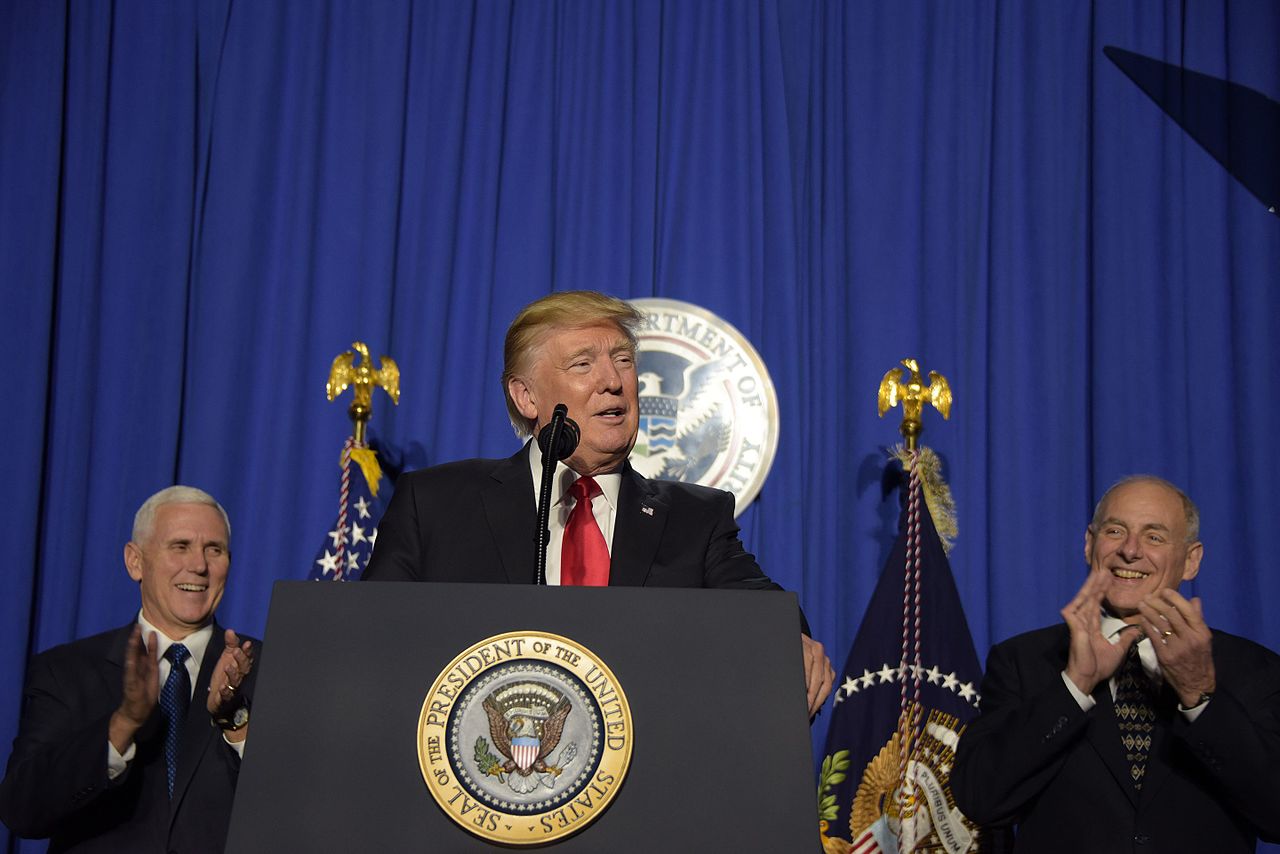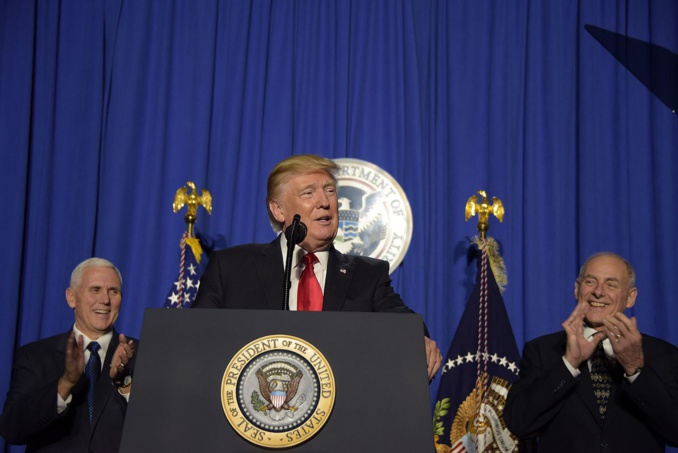Several centuries ago, Benjamin Franklin suggested that impeachment would prevent assassination of presidents. He said that it would be fair to bring charges of misconduct, and provide proofs. The proposal was approved, and details were finalized: who can bring charges, what proof should look like and what consequences would this process entail.
This procedure was applied to Bill Clinton during 1998-1999, Andrew Johnson, who was nearly dismissed in 1868, and Richard Nixon, who resigned in 1974 because of fear of impeachment. Although a possibility of impeachment is legal, no US president has actually ousted from office as a result of this process. Moreover, it is still unclear what exactly "a committed crime", which gives a reason for impeachment, mean.
Impeachment allows the government to investigate cases of corrupt officials and to dismiss them. However, there is no detailed list of offenses. As a result, lawmakers in Article 2 Section 4 of the United States Constitution agreed that President, Vice President and all the US officials may be removed from office on impeachment, and convicted of treason, bribery, or other high crimes and misdemeanors.
Any legislator of the 435 members of the House of Representatives can initiate impeachment by adopting a resolution, or they can take a joint decision to launch an investigation. In any case, legal committee of the House of Representatives of the US Congress holds an investigation, and decides whether or not the call on impeachment should be considered in the House of Representatives.
If yes, the committee reports its findings and holds a vote. The impeachment article must gather a majority of votes to be discussed in the House of Representatives. Then, the Senate may hold a trial, which can result in removal President from power.
Actual resignation of President must be backed by a court decision. The House of Representatives elects members of the judicial committee; up to 100 members of the Senate can participate in the proceedings.
Judge of the Supreme Court shall rule on motions, objections, admissibility of evidence, while senators serve as jurors. President in this case has a right to pro se representation or to hire a lawyer.
The final decision should be taken by the majority, and must be supported by at least 2/3 of the votes. In passing sentence, which never will be carried out, the Supreme Court may hear a presidential address; Chief Justice may withdraw, and the hearing will be postponed.
In theory, the Senate could vote to deprive the convicted official from a right to hold a federal office. However, this is usually never reached.
The Senate may not bring conviction to President. Any criminal charges may be made separately and should be considered in court.
Impeachment is rarely used, and allegations are made even more rarely, because it is not so easy to oust people’s choice. In principle, impeachment is a form of protection in the most extreme case, when things go completely wrong. If it was easy to get rid of President, the government would be in a constant state of conflict, rather than in the process of governance.
This procedure was applied to Bill Clinton during 1998-1999, Andrew Johnson, who was nearly dismissed in 1868, and Richard Nixon, who resigned in 1974 because of fear of impeachment. Although a possibility of impeachment is legal, no US president has actually ousted from office as a result of this process. Moreover, it is still unclear what exactly "a committed crime", which gives a reason for impeachment, mean.
Impeachment allows the government to investigate cases of corrupt officials and to dismiss them. However, there is no detailed list of offenses. As a result, lawmakers in Article 2 Section 4 of the United States Constitution agreed that President, Vice President and all the US officials may be removed from office on impeachment, and convicted of treason, bribery, or other high crimes and misdemeanors.
Any legislator of the 435 members of the House of Representatives can initiate impeachment by adopting a resolution, or they can take a joint decision to launch an investigation. In any case, legal committee of the House of Representatives of the US Congress holds an investigation, and decides whether or not the call on impeachment should be considered in the House of Representatives.
If yes, the committee reports its findings and holds a vote. The impeachment article must gather a majority of votes to be discussed in the House of Representatives. Then, the Senate may hold a trial, which can result in removal President from power.
Actual resignation of President must be backed by a court decision. The House of Representatives elects members of the judicial committee; up to 100 members of the Senate can participate in the proceedings.
Judge of the Supreme Court shall rule on motions, objections, admissibility of evidence, while senators serve as jurors. President in this case has a right to pro se representation or to hire a lawyer.
The final decision should be taken by the majority, and must be supported by at least 2/3 of the votes. In passing sentence, which never will be carried out, the Supreme Court may hear a presidential address; Chief Justice may withdraw, and the hearing will be postponed.
In theory, the Senate could vote to deprive the convicted official from a right to hold a federal office. However, this is usually never reached.
The Senate may not bring conviction to President. Any criminal charges may be made separately and should be considered in court.
Impeachment is rarely used, and allegations are made even more rarely, because it is not so easy to oust people’s choice. In principle, impeachment is a form of protection in the most extreme case, when things go completely wrong. If it was easy to get rid of President, the government would be in a constant state of conflict, rather than in the process of governance.



















